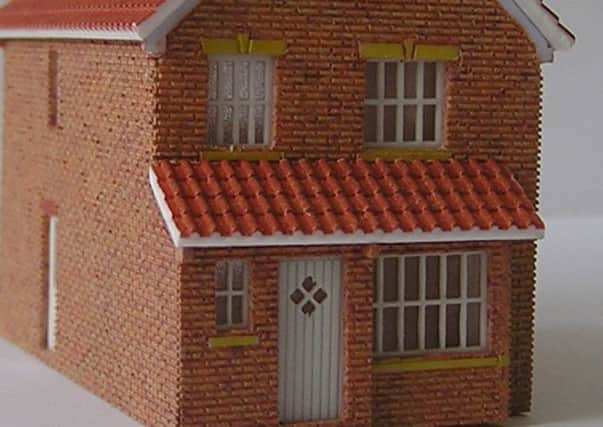As jobless queue falls, house prices rise, says survey - and the big winners are inner London and northern Scotland


The average house price in the ten areas that recorded the largest falls in the unemployment rate in the decade to March 2014 rose by 68 per cent, or £198,709, to £334,404.
The unemployment rate in these areas fell by 1.3 per cent during the same period.
Advertisement
Hide AdAdvertisement
Hide AdThe rise in house prices in the ten top performing employment locations over the past decade is split between areas of northern Scotland and inner London.
In the Shetland Islands the average house price has more than doubled (104 per cent) in the past decade to £153,782. The Shetlands is followed by Hackney (84 per cent), Southwark, Western Isles (both 78 per cent), Lambeth (76 per cent) and Tower Hamlets (72 per cent). All of these areas have seen their unemployment rate fall by between 1.1% and 1.8% since 2004. (See Table 1)
These areas have outperformed the rest of the country as a whole, with UK average property prices growing by 22 per cent (£36,482) to £199,039 over the same period, whilst the national unemployment rate is 0.5 per cent higher.
At the other end of the spectrum the top ten areas with the lowest house price performance and a higher unemployment rate are generally concentrated in Northern Ireland and outside southern England.
Advertisement
Hide AdAdvertisement
Hide AdThese areas include Lisburn in Northern Ireland, Newport in south east Wales and Blackpool.
Lloyds Bank housing economist Nitesh Patelsaid: “In general, house price growth over the past decade has been stronger in the areas that have seen the biggest falls in the unemployment rate as measured by the claimant count.
“Areas in northern Scotland and inner London have generally outperformed other areas on both house price performance and a lower unemployment rate.
“During the recession of 2008-09 property values fell across most areas, even where the unemployment rate rose only marginally.
Advertisement
Hide AdAdvertisement
Hide Ad“This does highlight that while unemployment is important there are also other factors that drive house prices, such as affordability, earnings growth and low housing supply which will have contributed to rising prices in the earlier year.”